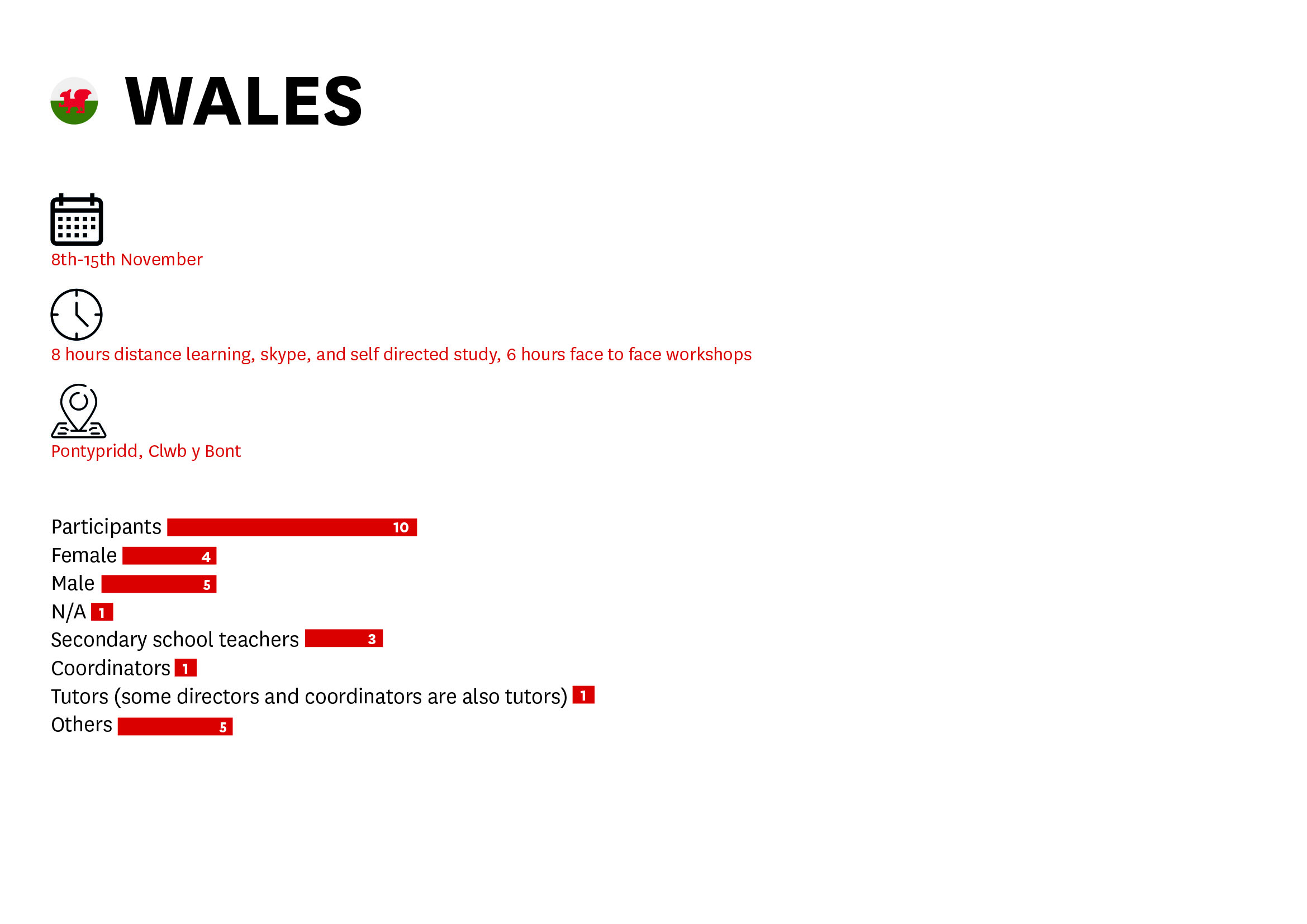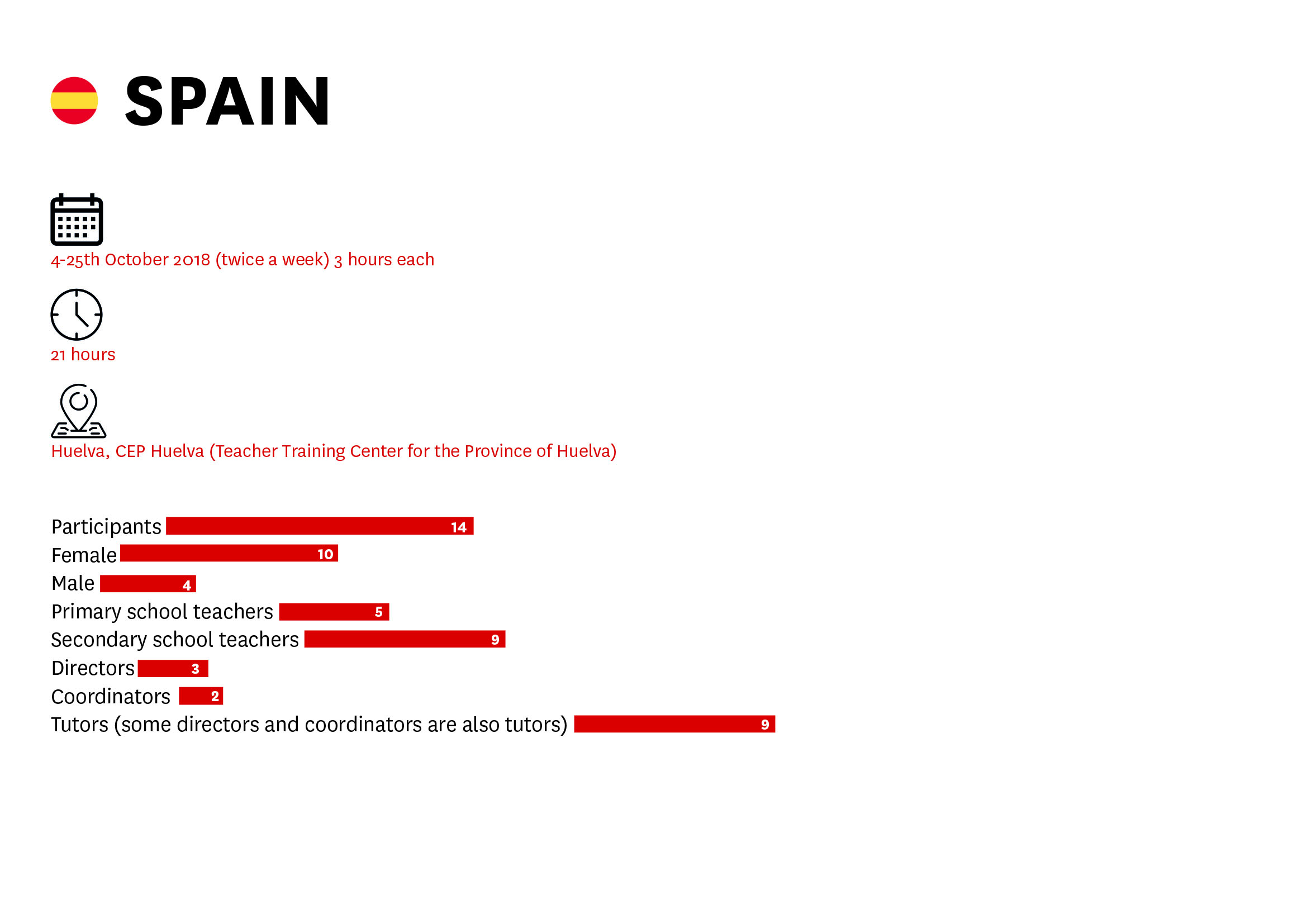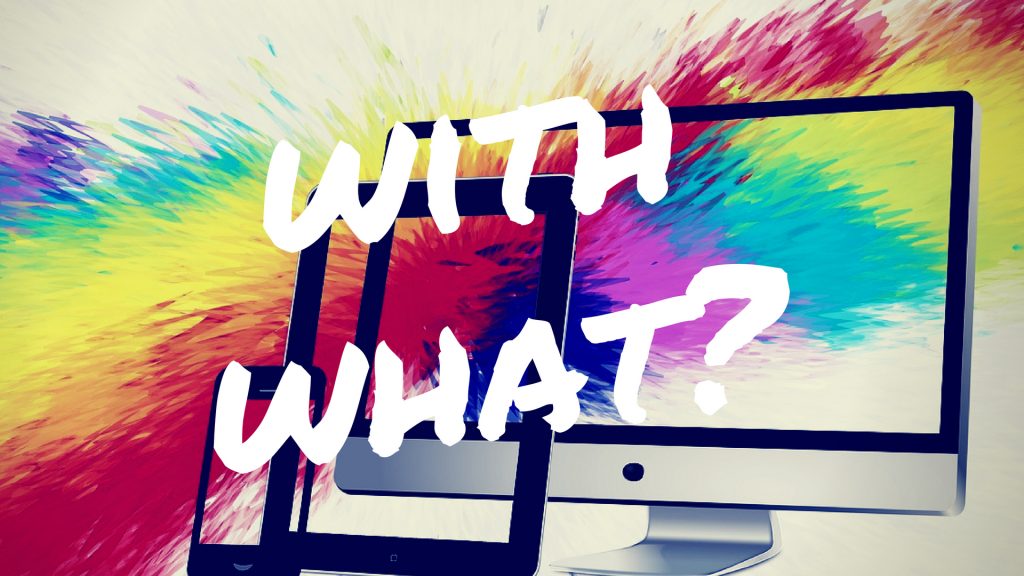
With the use of different digital tools that allow students to interact and create new knowledge
One of the main challenges of media literacy is to empower children to become prosumers.
Video is a great pedagogical and creative tool to facilitate the teaching and learning process using programs such as VirtualDub, Cinefx Jahshaka, VideoPad, Blender, Avidemux, Wax, Windows Movie Maker, etc.
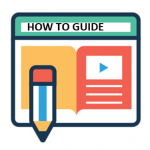
This article provides 5 strategies to engage students with video, it is practical and makes sense for teachers.
(Italian) How to use video for effective didactics: guideline
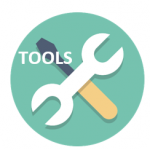
This website provides a tool to add annotation interaction to videos. The tool helps to edit videos improving aesthetics of focal points. It has a free account and premium options.

Video on how to make an intereactive video lesson.
This article provides 5 assessment strategies using video, these are practical and include the tools to implement them, most of them are free.
This 5 lesson course in video production covers basics such as story boarding through to editing tips in iMovie
How to use stop motion animation
Podcasts are a great complement to the learning process. Some programs such as Audacity allow you to record and edit audio files. It provides a new way of shaping, recording and sharing content on other platforms.

Ardour is a Web-based tool for producing podcasts.
Website with tutorials on audio production and editing for internet radio and podcasts

This comprehensive list of resources provides ideas of lesson plans and uses of podcasts in the classroom as well as examples of podcasts made in the classroom as part of a lesson.
 This is a list of 10 free curation tools for teachers, it provides a short description for how to implement them in educational contexts.
This is a list of 10 free curation tools for teachers, it provides a short description for how to implement them in educational contexts.
Blogs offer multiple educational uses through multimedia language. The teacher can use it as an educational supplement outside the classroom. This enables students to continue learning through the different creative initiatives of the teacher: video lessons, publication of materials, resources, exercises, etc.
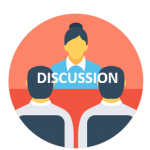
This article explains the case of a teacher that set up a blog for her students, how she did it and the outcomes of the project.

Blogfree – Create your own blog for free with templates and guides
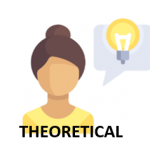
This article provides theoretical background and solid practical examples of how blogs and vlogs support the development of certain key competences in the classroom.

Complete guidelines on how to create a classroom blog

Teachers’ guide to setting up a blog

This article gives teachers 5 ways in which teachers can implement vlogging in the classroom, complete with tools and how to guides
The use of interactive platforms and gamified environments help educators take advantage of the motivating components of the game and stimulate cooperation among students. Some of the best tools to gamify the classroom are: Kahoot, Plickers, Socrative, Quizizz, FlipQuiz.

Mahara offers a series of interactive modules to create e-portfolios for various purposes

This is a free tool for teachers to implement the flipped classroom model. It allows educators to use the available TED ED videos and lessons or create a lesson from scratch around any video from YouTube with a tool to create evaluation questionnaires, discussions and more.

This tool provides teachers a game-based approach to teaching digital citizenship to students from 3rd to 5th grades. Students play the games and watch the videos and then they receive badges towards a digital passport.
Comics and computer graphics are resources that can help in the process of motivating students and in the development of different skills. Programs such as Pixton or Infogram allow you to put these skills into practice.

Collection of practical ideas for teachers for using comic-life (or other comic making tool) in the classroom

This is a video of a teacher using super heroes to teach digital citizenship.
It is important to reflect on the use and management of different mobile applications to promote the inclusion of the smartphone in the classroom. Mobile devices make it easier for students to engage more effectively with academic subjects and to tweet or disseminate the content studied in the classroom through their social networks.

A teacher’s guide to using Twitter

This blog describes important concepts in the use of social media and is geared towards educators
This includes the opportunities and threats afforded by citizen journalism to promote plurality of opinion in the face of information from the mainstream media.

This article explains misconceptions surrounding citizen journalism and includes a list of citizen journalism platforms from around the world.
The importance of raising public awareness of copyright on the Internet and the importance of referencing any type of material -visual, audiovisual, multimedia- accessed on the web.

Openphoto.net – A database of pictures which are free to be used also for commercial purposes

An overview on the functioning of the Creative Commons licence

Open License Educational Resources and Courses.

A Teacher’s Guide to Copyright
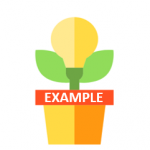
List of open source and public domain music sources collated by MIA’s coordinator
The ability to write code using different languages is one of the 21st century competencies that are necessary to work effectively in any field. It is important to include it as part of media and information literacy programs.

An Italian video showing how to create a story using Scratch, so combining coding and creativity.

Taccle3 – a multilingual website with practical ideas, example curricula and lesson plans for teaching coding and computational thinking including offline activities and printable resources.
Code Academy
Useful tools for the creation of multimedia and transmedia content and its subsequent dissemination in the media environment.

Edudemic.com – a place for readers to discover and engage with information about the newest technology, data trends, and digital tools available to them in order to meet the needs of all students in the communities they serve.

A curation website with different types of information (theory, resources, tools, activities, among others) produced by MIA’s Marie José

Flipped Classrooms – This teaching method encourages learning outside the classroom and promotes students’ application of skills during classes. The inverted classroom gives the student a more active role in his or her own learning process and is not only a passive receiver of content.
WeSchool is a platform offering tools for teachers to create their flipped classroom. Weschool is free for schools and non-profit organisations.
